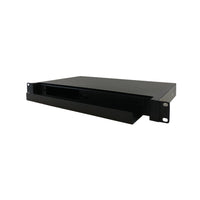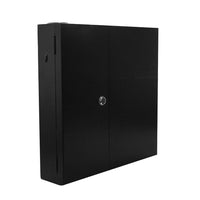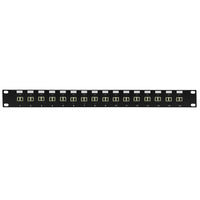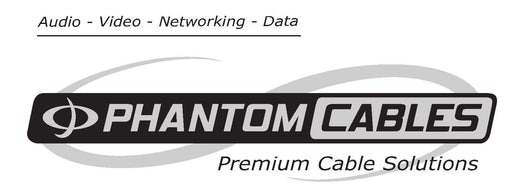Fiber Optic
-
 Fiber Optic Patch Cables
Fiber Optic Patch Cables
-
 Fiber Optic MPO/MTP Cables
Fiber Optic MPO/MTP Cables
-
 Fiber Optic Pigtail Cables
Fiber Optic Pigtail Cables
-
 Fiber Optic Mode Conditioning Cables
Fiber Optic Mode Conditioning Cables
-
 Custom Fiber Optic Cables
Custom Fiber Optic Cables
-
 Fiber Optic Loopback Cables
Fiber Optic Loopback Cables
-
 Fiber Optic Bulk Cable
Fiber Optic Bulk Cable
-
 Fiber Optic Adapters & Couplers
Fiber Optic Adapters & Couplers
-
 Fiber Optic Attenuators
Fiber Optic Attenuators
-
 Fiber Optic Connectors
Fiber Optic Connectors
-
 SFP+ / QSFP+ Transceivers
SFP+ / QSFP+ Transceivers
-
 Fiber Optic Cleaners
Fiber Optic Cleaners
-
 Fiber Optic Adapter Panels & Enclosures
Fiber Optic Adapter Panels & Enclosures
-
 Fiber Optic MPO Cassettes & Panels
Fiber Optic MPO Cassettes & Panels
-
 Fiber Optic Wall Boxes & Enclosures
Fiber Optic Wall Boxes & Enclosures
-
 Fiber Optic Launch Box Cables
Fiber Optic Launch Box Cables
-
 Fiber Optic PLC Splitters
Fiber Optic PLC Splitters
-
 Fiber Optic Media Converters/Transceivers
Fiber Optic Media Converters/Transceivers
-
 Fiber Optic Patch Panels
Fiber Optic Patch Panels
-
 Fiber Optic Accessories
Fiber Optic Accessories
-
 Fiber Optic Tools
Fiber Optic Tools
-
 Splice Enclosures & Accessories
Splice Enclosures & Accessories






















